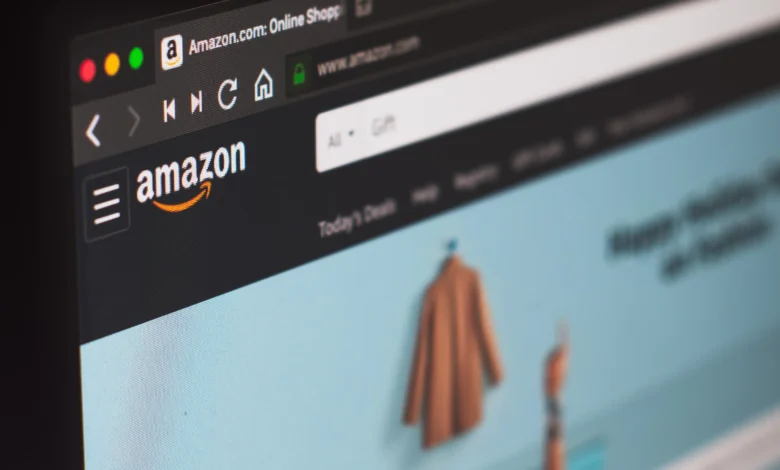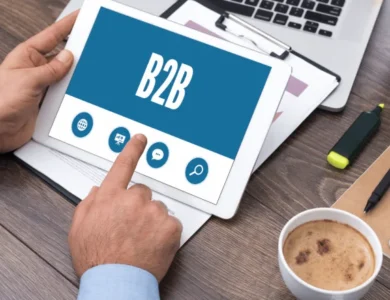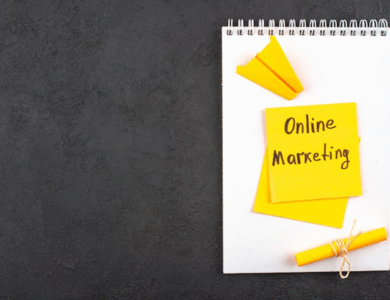How to use lifestyle images to boost Amazon product sales?

Product photography exists in two categories technical documentation and aspirational storytelling. White background shots handle the technical side. Lifestyle images tell the story. They show the product improving lives, solving problems, seamlessly into daily routines. Context sells better than isolation.
Emotional connection creation
Technical shots show what a product is. Amazon Produktbilder in lifestyle settings show what a product does for the buyer. A backpack on a white background is just fabric and zippers. That same backpack on a mountain trail becomes adventure, freedom, and exploration. The emotional shift drives purchase decisions more powerfully than specifications.
- People relate to scenarios they recognize from their own lives
- Aspirational settings let buyers imagine themselves in those situations
- Problem-solution demonstration shows a clear value proposition
- Lifestyle context communicates use cases that text cannot convey
- Emotional resonance creates urgency technical photos lack
Children’s toys need children to play with them. The natural environment for each product category provides the strongest lifestyle setting. Forced or artificial scenarios feel inauthentic, reducing effectiveness.
Target audience demonstration
Lifestyle photography defines who the product serves. A yoga mat photographed with a young woman in trendy active wear targets that demographic. The same mat with an older gentleman in a physical therapy setting targets a different audience. Visual cues communicate intended users more clearly than written descriptions.
- Age representation in models guides demographic targeting
- Activity settings define use case scenarios
- Style choices communicate brand positioning
- Environment selection indicates lifestyle alignment
- Group versus individual use shows social context
Mismatched lifestyle imagery confuses potential buyers. A luxury watch photographed in a budget setting undermines premium positioning. An economy product in an upscale environment sets false expectations. Authenticity matters the lifestyle shown must match the product’s actual market position.
Scale and proportion clarity
Products photographed alone offer no size reference. Lifestyle images solve this problem naturally. A person holding, wearing, or using the product provides instant scale understanding. This prevents the common complaint “I thought it would be bigger/smaller” that drives returns.
- Hands holding products show actual dimensions immediately
- People wearing items demonstrate fit and proportions
- Products on tables or shelves indicate real-world size
- Comparison to familiar objects clarifies scale
- Environmental context reveals practical dimensions
A travel mug looks similar in isolation, whether it holds 12 ounces or 32 ounces. Photographed in a hand, the size becomes obvious. Clothing on models shows how garments actually fit bodies. Furniture in rooms demonstrates space requirements. Context eliminates dimensional ambiguity.
Feature highlighting naturally
Technical shots isolate features awkwardly. Lifestyle images demonstrate features in action. A backpack’s water bottle pocket makes sense when someone retrieves a bottle mid-hike. A laptop bag’s organizational compartments shine when someone packs for work. Features become benefits through lifestyle demonstration. Close-ups within lifestyle settings work well for feature emphasis. A wider shot establishes context. A tighter shot on the same scene highlights specific details.
This combination shows both overall appeal and specific functionality. Buyers see the big picture plus the important information that justifies the purchase. Generic lifestyle images work year-round but lack the punch of seasonally relevant photography. Rotating lifestyle images throughout the year keeps listings fresh while matching the shopper’s mindset. The extra effort pays off through improved conversion during peak shopping periods.



